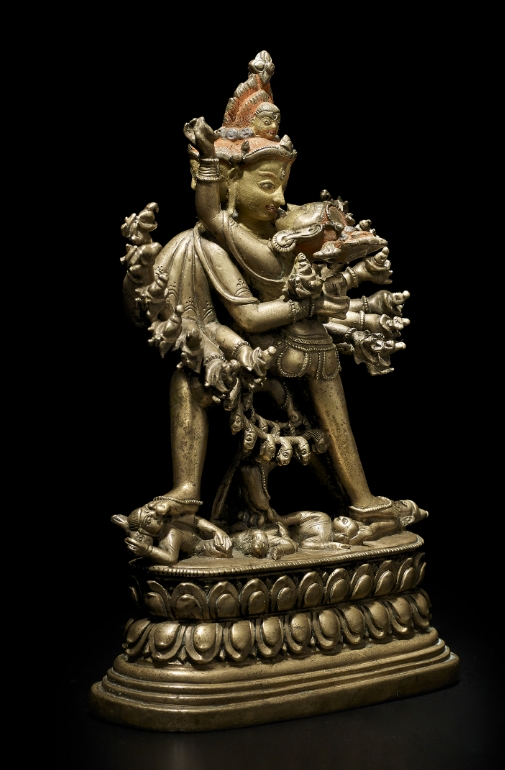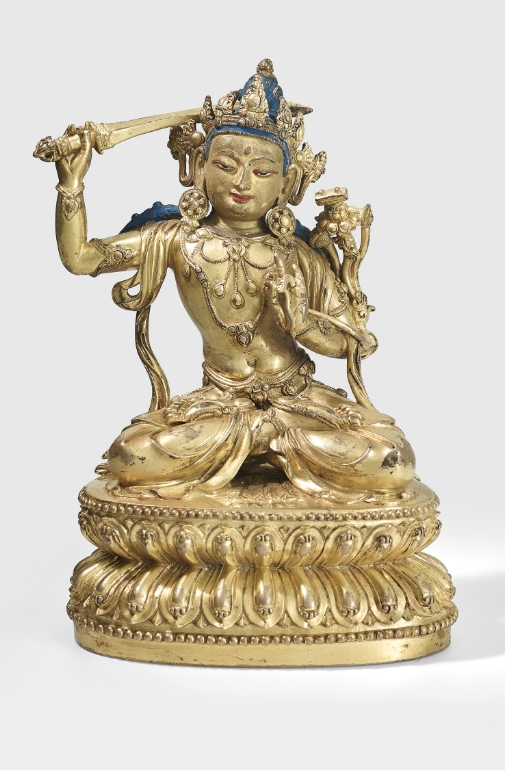Ming & Qing
Periods
in China
In the Ming Court, Buddhist Art was a political tool to assert Chinese strength over Tibet and Mongolia. Nevertheless, Buddhism, Taoism, and Confucianism were supported by the Yongle emperor (r. 1402 – 1424). Dozens of gilt copper alloy Buddhist sculptures were part of the Yongle imperial legacy. Across history, their bronzes traveled between China and Tibet.

